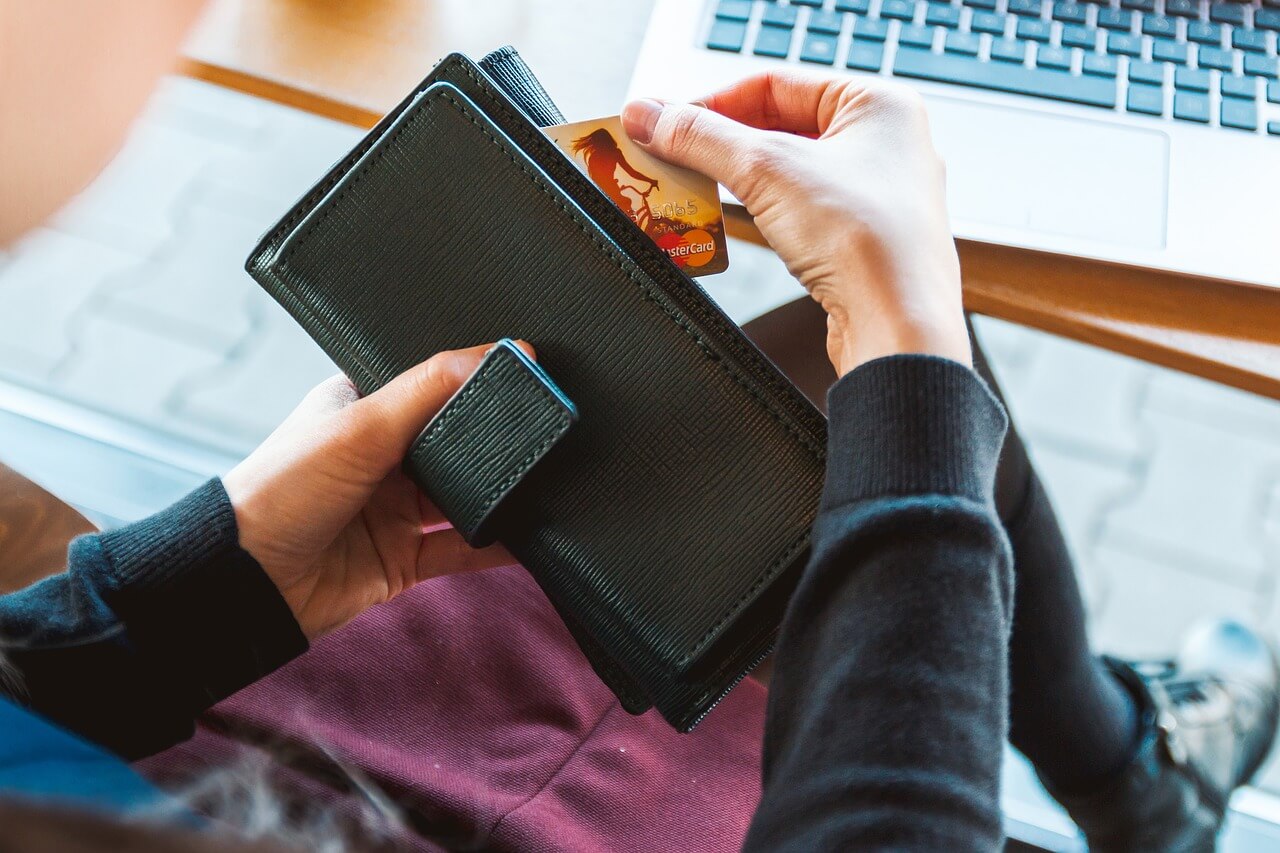Debit cards offer the convenience of a credit but work in a different way. Debit cards draw money directly from your checking account when you make the purchase. They do this by placing a hold on the amount of the purchase. Then the merchant sends in the transaction to their bank and it is transferred to the merchants account. It can take a few days for this to happen, and the hold may drop off before the transaction goes through. (https://www.thebalance.com/difference-between-a-credit-card-and-a-debit-card-2385972) Debit cards often replace cash, personal checks or are used to pay service bills.

Buy now, pay later: Goods, money, or services are given to the buyer in exchange for the promise to pay at a future date. No money changes hands. The purchaser is billed monthly until the cost is paid. Payment includes the full cost of the commodity which would have been bought immediately on the basis of deferred payment of cost plus interest.
In most cases, interest works in this way: There is generally a grace period of about a month where full payment can be made within this grace period for which there is no interest fee; or extended payments over a period of months, for which there are interest fees and charges. Interest is charged anyway if any amount is not paid within a month (within the grace period). In many cases there is also an annual fee charged for the privilege of using the card.
Credit cards usually have high interest rates There are several ways you can reduce the cost of your credit card.
Paying the minimum amount each month makes it look like the debt is affordable. The debt could actually increase if you choose to pay only the minimum amount. This is because, the interest is constantly adding up. Moreover, it will take you much longer to pay it all back.
Minimum payments must cover any interest, charges and at least 1% of the outstanding balance. Therefore, you are always paying off at least some of the outstanding debt.
Even if you only pay a small amount a month in addition to your minimum payment that needs to be made, it can make a huge difference.
Credit cards charge different rates of interest, which information can be obtained from your credit card statements. Therefore, pay the credit card with the highest interest rate first.
Also, make sure that you pay at least the minimum payment on all agreements, otherwise you could incur charges.
Then you can move on to settling your next most expensive credit card or personal loan.
If you can, repay your expensive card debts with your savings unless you have more urgent priority debts. You will reduce your savings amount which might stop you from receiving interest on your savings, but you will save much more in the long-term. This is because you will pay far less interest on your debt by repaying it than the interests you will gain from your savings.
Be Careful how you make use of your credit cards.
Here are some general rules that will leave you far better off:

- First and foremost, make use of a Debit Card. A Debit Card will withdraw the money directly from your current account.
- If you go abroad often and your prefer withdrawing money from an ATM in the country that you are visiting as against carrying considerable cash with you, get a Debit Card for you will withdraw the money directly from your current account.
- Make at least the minimum repayment. You should ideally make more than the minimum repayment, though, as stated above.
- In case of more than one card, pay the Most Expensive Card First.
- Follow our presentation that will surely leave you better off.



